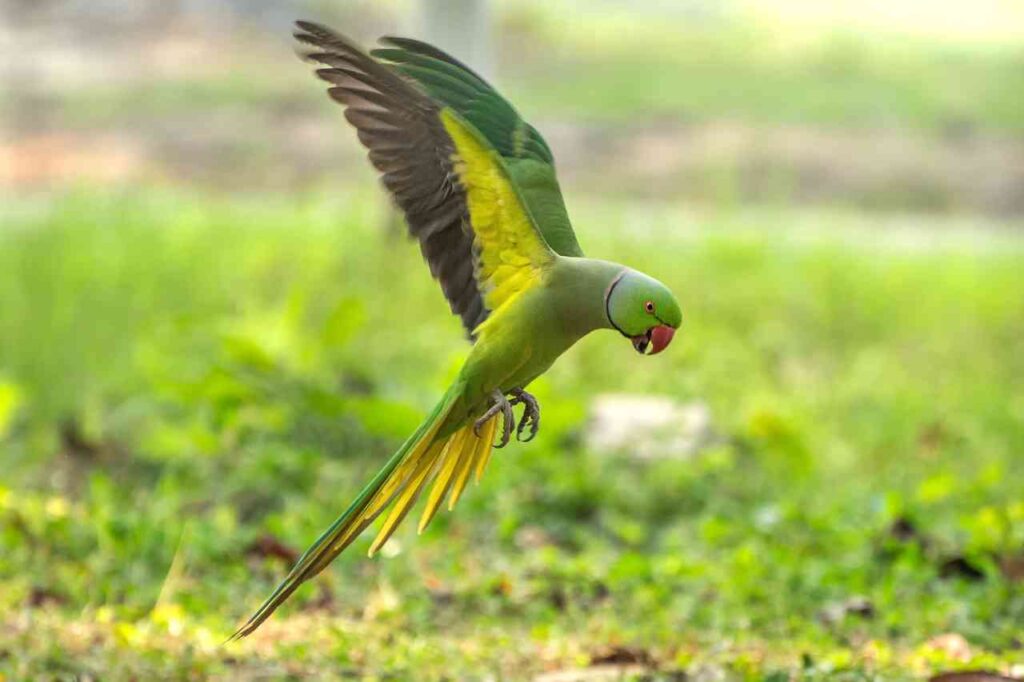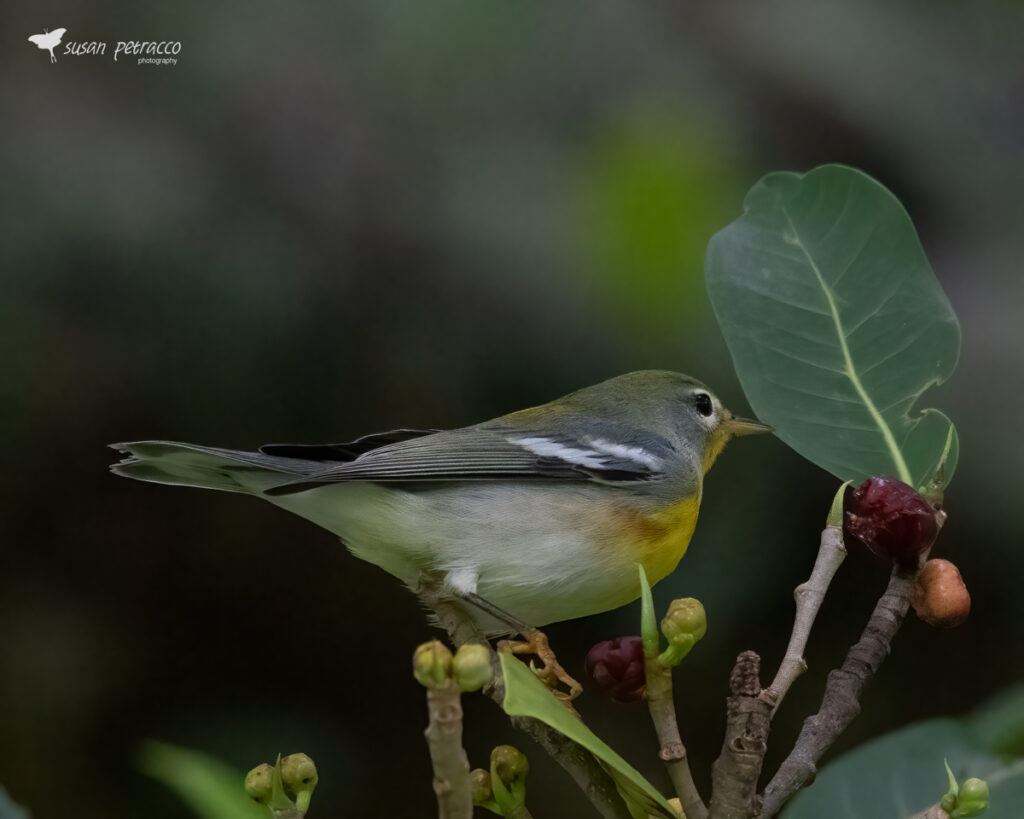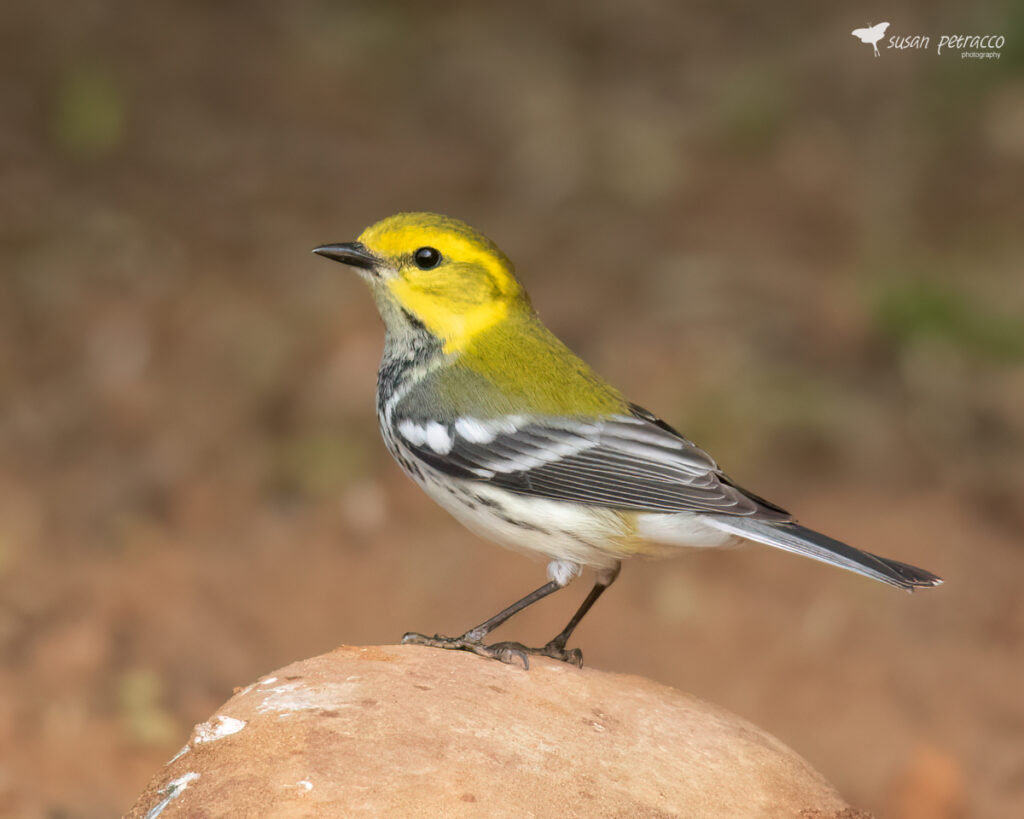Let’s delve into the enchanting world of green birds in Florida! As avid birders know, Florida is a paradise for bird enthusiasts, offering a diverse range of species. Among them, green birds stand out for their captivating coloration and unique ecological significance. Let’s explore the fascinating world of these feathered gems and discover the vibrant shades of green that grace the skies of Florida.
Green Herons
Florida is home to a remarkable assortment of native green bird species. One notable example is the Green Heron (Butorides virescens), a charismatic bird found in various wetland habitats throughout much of North America. The Green Heron showcases a rich green coloration, which camouflages it as it patiently waits along the water’s edge, ready to spear unsuspecting fish with its sharp bill.

These herons are relatively small, measuring around 18 inches in length with a wingspan of about 26 inches. Their heads are adorned with a dark cap, and their bodies are adorned in a beautiful combination of green and blue-gray plumage. Despite their small size, they possess a remarkable hunting technique, using bait and lures made from twigs or insects to attract fish towards them.
Green Herons play a vital role in Florida’s ecosystems, as they help control populations of smaller aquatic animals and contribute to maintaining a healthy balance within wetland habitats. However, habitat loss and degradation pose significant threats to their populations, emphasizing the importance of conservation efforts to protect these magnificent birds.
Painted Bunting

The male Painted Bunting (Passerina ciris) is known for its strikingly colorful plumage, which includes bright green, blue, and red. They are found in shrubby habitats and woodlands in northern and central Florida. What you might not know is that the females look very different – they are a solid green. And to confuse things more, a young male Painted Bunting is also green. In fact, birders tend to refer to both females and young males as “greenies”.

Painted Buntings are only seen in winter throughout much of Florida, but northern reaches, especially around Jacksonville, see them during the breeding season and summer as well.
Hummingbirds

There is only one species of hummingbird that is common throughout the state of Florida, and that is the Ruby-throated Hummingbird (Archilochus colubris). This bird has dark green feathers on its wings and back. Both males and females also have a whitish-gray colored belly, and males sport a brilliant red throat that lights up when the sun hits it at just the right angle. In other light, the male’s throat may look dark red or even black.
These hummingbirds can be seen in winter or summer, depending on what part of the state you’re in. The further north you go, the more likely you are to see them during the summer. As you move to the southern end of the state, you’re more likely to catch them during the winter months.

The Buff-bellied Hummingbird (Amazilia yucatanensis), which is an occasional vagrant along the west coast and panhandle of the state, is much less common. But it also sports a green back, with a buff belly, a rufous tail, and in males only, a green throat that can also appear dark depending on the lighting.
Green-Winged Teal and Mallard Ducks
If you saw a duck with green on it, most likely it was a Green-winged Teal or a Mallard.

Adult male Mallards (Anas platyrhynchos) have an entirely green head, making them nearly unmistakable, or so it would seem…but read on.
Truly wild mallard ducks are migratory birds that are only in Florida during the winter. Unfortunately, we have a large population of feral Mallards that do not migrate and are here year-round. To make matters worse, they hybridize with a number of other species, notably our Mottled Ducks, and produce individuals that are only somewhat Mallard-looking (“intergrade”). This is so common that birders sometimes referred to the hybrids as “muddled ducks”, a play off the name “mottled”. (For more on this problem, read this article by the Florida Fish and Wildlife Conservation Commission.)

Green-winged Teal (Spatula crecca) are winter visitors to Florida have mostly shades of browns and grays, but adult males have a large green streak that surrounds the eye and continues behind the eye toward the neck. These ducks’ speculum (the colorful patch on the wings of ducks) is also green and easily seen in flight.

Other possible ducks with green on them include the:
- Blue-winged Teal (Spatula discors), which has a speculum that is both blue and green (in the photo above, this is to the left of the blue feathers and appears almost black)
- American Wigeon (Mareca americana) which sports a green spot similar to that on a Green-winged Teal
- Northern Shoveler (Spatula clypeata) which has a green head similar to a Mallard.
Non-native Parakeets
There are no native parrots or parakeets in Florida, but several species have established populations after escaping from, or being intentionally released, by pet owners or the pet trade. In fact, there’s only one surviving native parrot species in all of the US!
But it’s not uncommon to see – and especially to hear (they’re often loud) – these established non-natives, especially in areas where they thrive such as in South Florida. Here are some common green parakeets you may see in Florida.

Monk Parakeets (Myiopsitta monachus), also called Quaker Parrots, are the most common green parakeet species in Florida. They are small parrots with bright green plumage, grayish-blue on the forehead and cheeks, and a pale gray breast. They have established feral populations in several parts of Florida, especially in South Florida. Monk Parakeets are known for their large communal nests made of sticks.

Red-masked Parakeets (Psittacara erythrogenys) are also found in Florida, but they are less common than Monk Parakeets. They are predominantly green with a bright red patch on their face, which gives them their name. Red-masked Parakeets have feral populations in some urban areas of Florida, particularly in the Miami-Dade County region.

The Nanday Parakeet (Aratinga nenday) is another parakeet species that can be found in Florida. While it’s not as common as the Monk Parakeet or the Red-masked Parakeet, it has established feral populations in certain areas of the state. The Nanday Parakeet is primarily green with a black head (face, throat, and bib) which creates a distinctive look. They also have bright blue flight feathers on their wings.

There is a population of the Rose-ringed Parakeet (Psittacula krameri) in Naples, Florida. These parakeets are easily recognizable due to the bright green plumage of the males and a distinctive rose-colored ring around their necks, although females lack this ring. Rose-ringed Parakeets are not native to Florida but have established feral populations in urban and suburban areas. They are often observed in small to medium-sized flocks and are known for their loud and raucous calls.
There are also other parrot and parakeet species, both native and introduced, that may occasionally be seen in the state, and many of them are green as well.
Other Possible Green Birds
There are many small green birds that reside or migrate through Florida that may be considered “green birds” in their own right. Here are some:

The Red-eyed Vireo (Vireo olivaceus) is a native bird species in Florida known for its greenish plumage. It has an olive-green back and wings, contrasting with a lighter grayish-white underside. Its most distinctive feature is its vibrant red eye, making it easily identifiable among the trees in Florida’s woodlands and forests.

The Northern Parula (Setophaga americana) is a small bird with a greenish spot on its back, amongst the more blue-gray feathers. If you only catch a quick glimpse of a Northern Parula, you might think of it as a “green bird”, even though it has other colors that are more predominant. Northern Parulas are a type of warbler that is found year-round within the state of Florida.

Black-throated Green Warblers (Setophaga virens) have a green back, but a yellow face and a black throat. Their flanks are black and white. Like the Northern Parula, they are multi-colored birds that include green along with other colors. This species migrates through Florida each year, so they are most commonly seen in spring and fall.

The Tennessee Warbler (Leiothlypis peregrina) is a very green-colored bird with a gray head and either whitish or yellowish underparts. They have a vivid stripe through their eye with a pale “eyebrow”. Tennessee Warblers breed in Central America and South America, but many of them pass through Florida during spring and fall migration.

Orange-crowned Warblers (Leiothlypis celata) are a yellow-green overall. They have a faint eyeline, but no wingbars or other distinguishing marks. They are found in Florida during the winter months, before the migrate further north to breed.
Conclusion
As you can see, Florida has a number of green birds and partially-green birds. But other than parakeets, there aren’t so many as to feel overwhelming (or at least, I hope not!)
One thing to note is that color is the next-to-last field mark one should use for identification. (Click here to find out what the worst field mark is!) Immature and fall plumage changes make color so difficult to use. But lighting also confuses things; when it reflects off other surfaces, it can change the color that we perceive a bird to be.
That said, I hope this post has helped you learn more about the various green birds that are commonly found in Florida.



